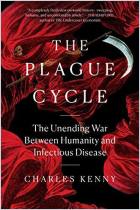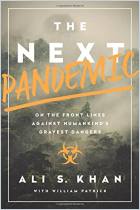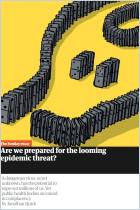Professor emeritus of medical history Nancy Leys Stepan takes readers through the history of campaigns to eradicate diseases, and examines the value of these campaigns to public health. Her pragmatic approach details results that people achieved in relation to the time and resources they spent. Her information proves most useful for public health practitioners familiar with the science behind each particular case. Stepan emphasizes the complexity of disease transmission – and thus of eradication – as an approach to improving public health.
Eradication has proven unsuccessful at improving overall health, despite its popularity among public health practitioners.
The emergence of bacteriology and parasitology helped move public health focus from sanitation to disease-causing agents. The discovery that bacteria, viruses and parasites caused certain diseases fueled the envisioning of vaccines. The discovery of pathogens reinforced belief that eradication was possible. Eliminating thm, contemporaneous thinking held, would end human suffering from these diseases.
Some public health practitioners saw eradication as the most promising avenue for improving overall health, while others noted the plethora of factors involved. Chief among these is poverty – though geography, climate and social organization also played a role. Development projects that aim to improve quality of life often change landscapes, social structures and patterns of interaction in ways that unintentionally promote the spread of diseases.
Despite the complex interaction of factors related to disease incidence, advances in microbiology helped maintain public health focus on eradicating the immediate biological causes of diseases.


















Comment on this summary or Démarrer une discussion